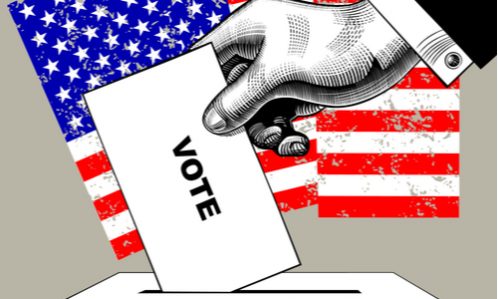By Katie Wilson, Crosscut
We could all do with a break from last night’s election, so let’s travel 108 years back in time to another drama-packed contest for our nation’s highest office.
The 1912 presidential race was anything but boring. A week before the vote, Republican incumbent William Howard Taft’s running mate perished of kidney disease. Former President Theodore Roosevelt, raising the banner of the Progressive “Bull Moose” Party after losing the primary to Taft, suffered a mid-October assassination attempt by a man who reasoned that “any man looking for a third term ought to be shot.” (Roosevelt went ahead with his campaign speech despite the bullet embedded in his chest). Democratic New Jersey Gov. Woodrow Wilson sustained a scalp wound in an automobile accident three days before the election. And trade unionist Eugene Debs won 6% of the popular vote, still the strongest showing for a socialist in a U.S. presidential election.
But quite apart from all that, the 1912 election is worthy of our attention because the burning political question of the day was what to do about the great trusts. Last week, I explored, briefly, the prehistory of antitrust, the perils and the benefits of bigness, and why drawing legal lines through this territory is inherently challenging and inevitably controversial. So how was it done?
The cornerstone of U.S. antitrust law is the Sherman Antitrust Act of 1890, named for Sen. John Sherman of Ohio (and younger brother to the general of Civil War fame). The language was sweeping: “Every contract, combination in the form of trust or otherwise, or conspiracy, in restraint of trade or commerce among the several States, or with foreign nations, is declared to be illegal.” The act also prohibited monopolization or attempts to monopolize any aspect of interstate commerce. But what exactly counted as “restraint,” or an “attempt” to monopolize? The broad-strokes language left much up to interpretation.
For the first decade of the Sherman Antitrust Act, the robber barons weren’t exactly running scared. In 1895, the Supreme Court ruled that the American Sugar Refining Company’s 98% market share didn’t violate the law, because the company engaged in the manufacture of sugar, not directly in interstate trade. In fact, the act incentivized mergers, because agreements between independent corporations aroused more suspicion than the activities of a single large firm. As far as trustbusting was concerned, it seemed a dead letter.

